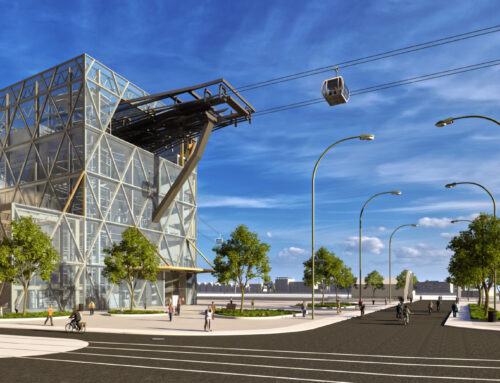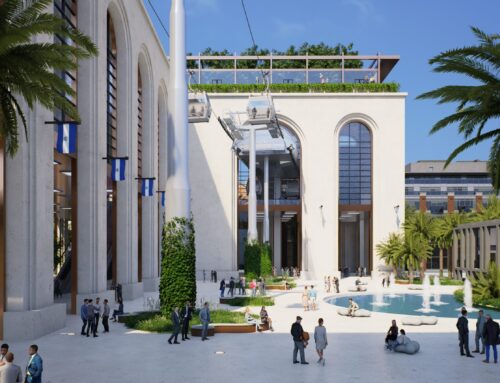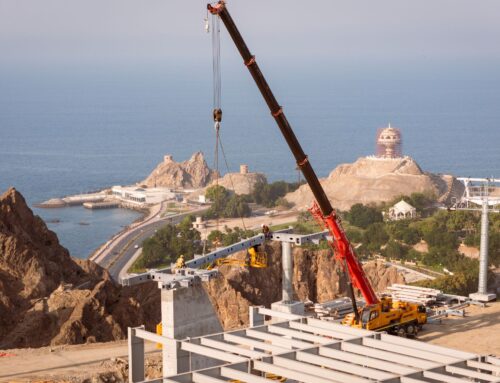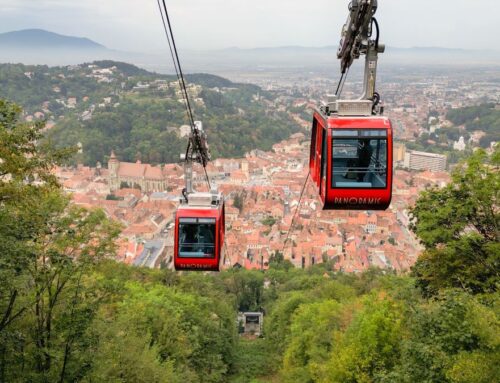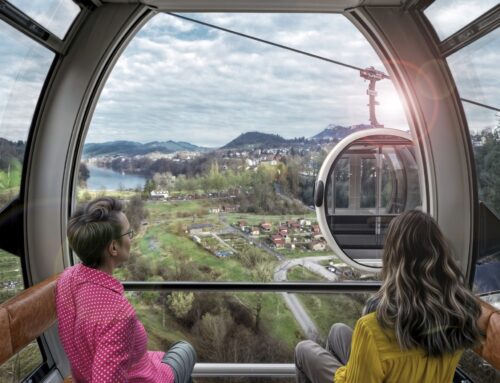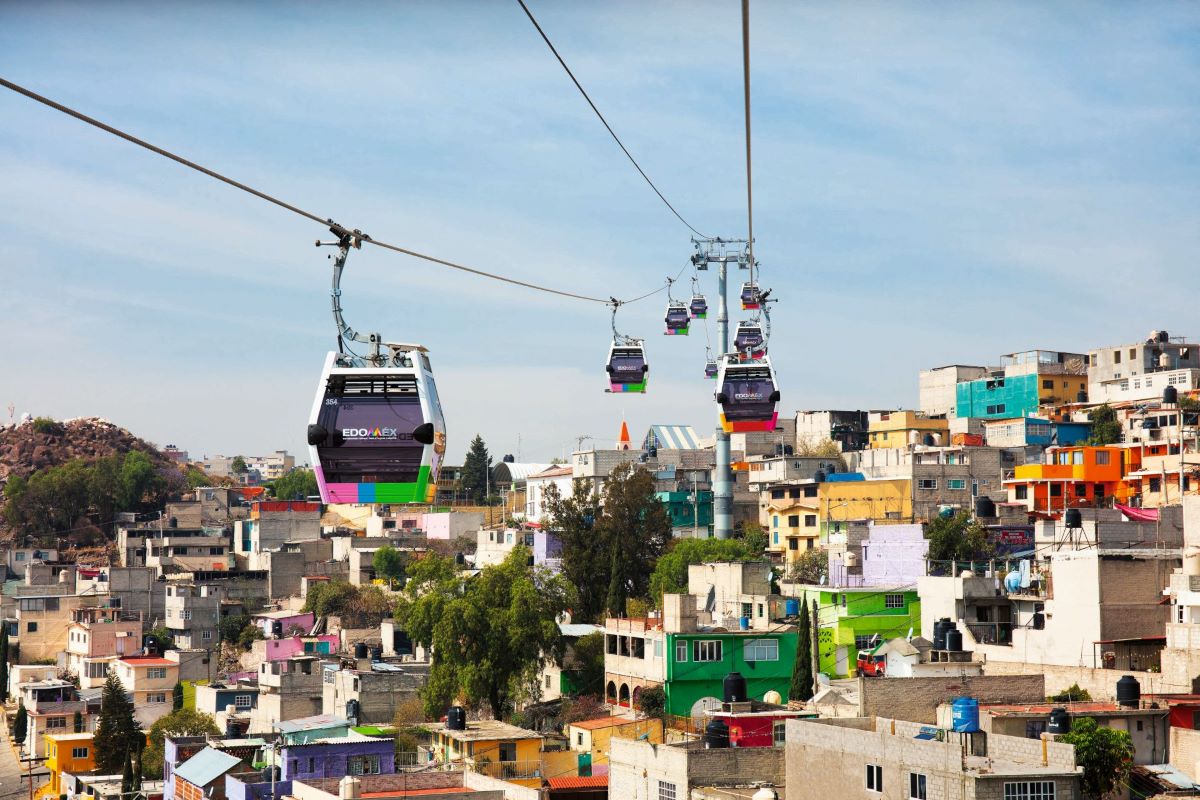
Cities
Cable car: transport performance and its key influencing factors
Between 2004 and 2023, the three largest cable car manufacturers – POMA, LEITNER, and DOPPELMAYR – implemented more than 60 cable car lines worldwide that are designed purely for urban use without a primary focus on tourism.
How many passengers these systems transport on average – and what more might be possible – are questions that Klaus Erharter, Technical Director at cable car manufacturer LEITNER, and Paul Abed, Director of the urban cable car operator Mexiteleféricos S.A. de C.V., have explored.
They presented their findings at the OITAF World Cable Car Congress in Vancouver in 2024.
Cable cars usually operate at 5 m/s
To begin with, both experts compiled statistics on operating speed, number of cabins, transport capacity, and inclined length of urban cable cars: 50 percent of the 60 systems built operate at less than five meters per second (m/s), while 41 percent run at speeds between five and six meters per second.
Only five percent of cable cars operate faster than six meters per second, and just three percent exceed seven.
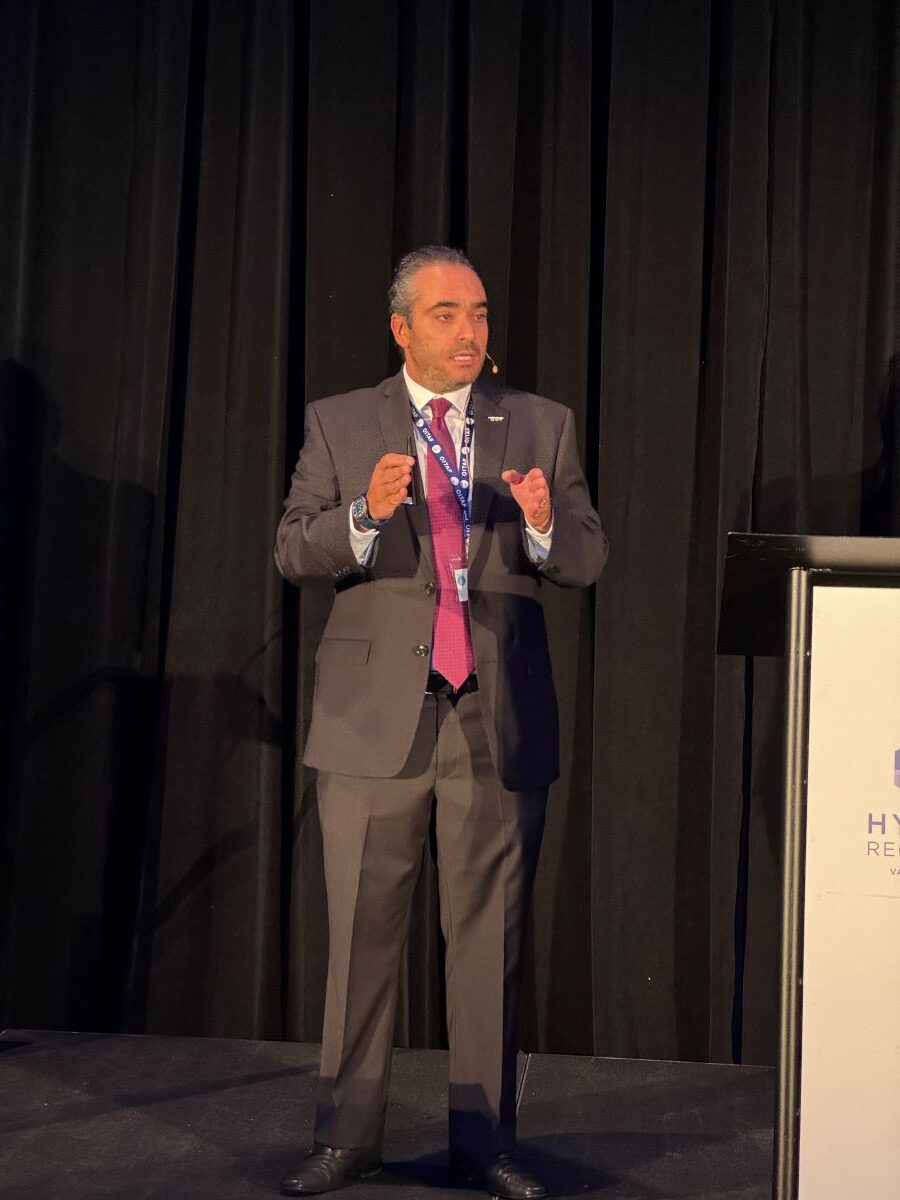
Paul Abed, Mexitelifericos S.A.
The acceptable waiting time for cable cars is around seven minutes.
A large number of cabins is the exception
When it comes to the number of cabins, many urban cable car systems are relatively small: on 46 percent of the lines, there are no more than 50 cabins. The remaining systems are divided into those with 50 to 100 cabins (16 percent), 100 to 150 gondolas (11 percent), 150 to 200 vehicles (16 percent), and a few extreme cases with more than 200 cabins (8 percent).
3,000 passengers is the standard
Perhaps the most interesting figure is transport capacity: 45 percent of urban cable cars carry between 2,000 and 3,000 passengers per hour per direction (p/h/d). Another 21 percent fall into the smaller (up to 1,000 p/h/d) and medium-sized (1,000 to 2,000 p/h/d) categories.
Only ten percent of urban cable cars transport between 3,000 and 4,000 people, and capacities beyond that are rare – accounting for just under two percent.
More than five kilometers is rare
A large share of urban cable cars – 46 percent – have a length between one and three kilometers. 20 percent are shorter (under one kilometer), while 26 percent are longer, ranging from three to five kilometers. Only six percent of systems exceed five kilometers in length.
A higher operating speed consumes significantly more energy:
The number of cabins and the operating speed are the main control parameters for transport capacity.
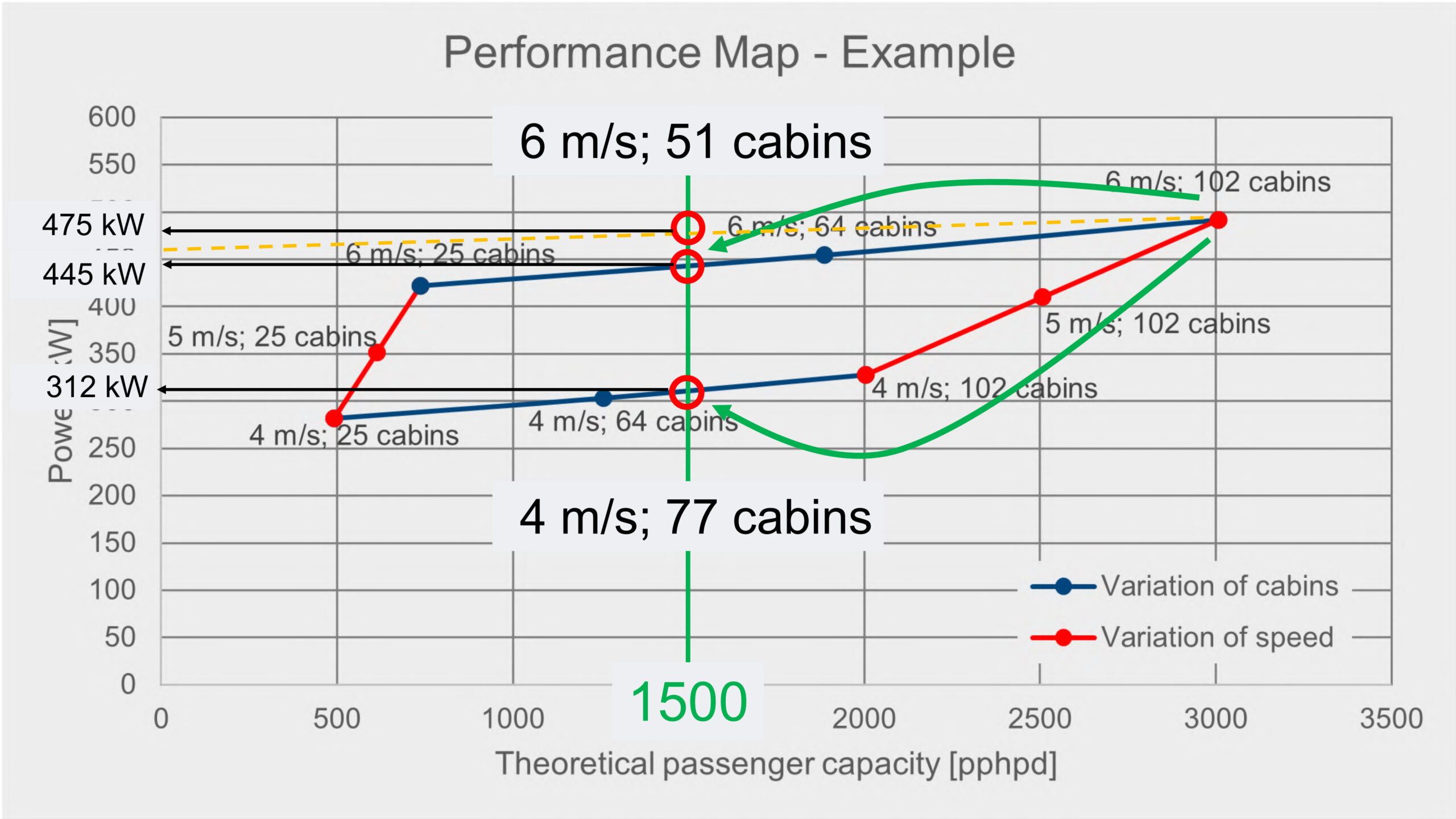
Case Study: Linea Verde Ecatepec
Given these technical facts, how can the transport capacity of urban cable cars be increased without compromising efficiency and causing excessive energy consumption?
To answer this, Erharter and Abed moved away from the global perspective and focused on Section A of the Linea Verde cable car in Ecatepec near Mexico City.
This section is about three kilometers long, operates at six meters per second, and transports 3,000 passengers per hour per direction. Utilization varies depending on the time of day, the day of the week, and typical weekdays.
On an ordinary workday, around 36,000 passengers are transported during operating hours from 5 a.m. to 11 p.m.
Control Parameters for Greater Efficiency
To change the transport capacity, both the number of cabins and the operating speed can be adjusted. The number of passengers per cabin, however, has only a minor impact on efficiency, reports Abed:
“Less than ten percent of energy consumption actually depends on occupancy. Reducing the number of cabins hardly affects energy consumption.”
It is more efficient to reduce the number of cabins than the number of passengers per cabin. An oversized system with too many circulating cabins is definitely not energy efficient.
“On the other hand, the operating speed has a massive impact on energy consumption. The relationship is almost linear,” explains Erharter.
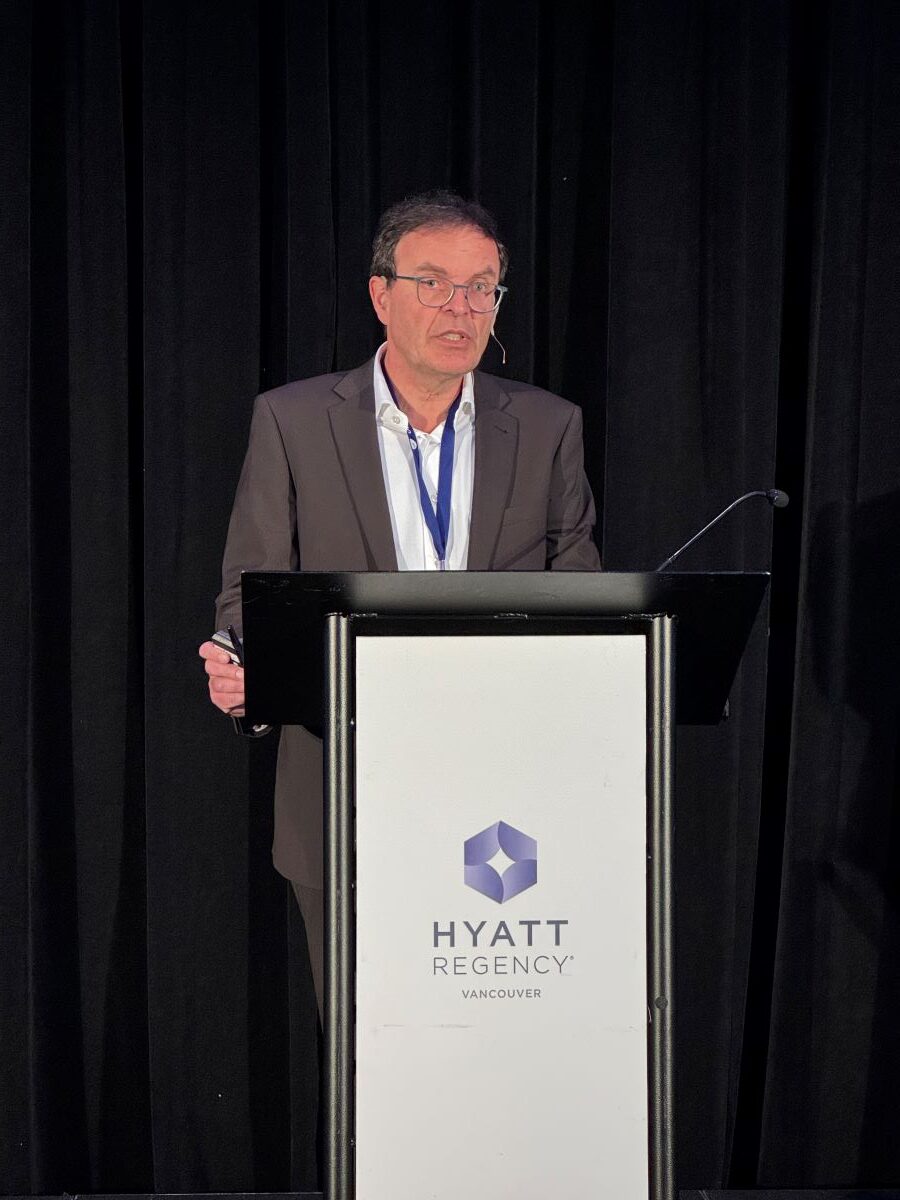
Klaus Erharter
The expert from LEITNER recommends designing cable cars so that additional cabins can be added.
Configuration Comparison
The two experts then explored alternative configurations for Section A of the Linea Verde cable car in Ecatepec – with varying operating speeds and transport capacities. To do this, they changed, on the one hand, the number of supports, sheaves, and cabins.
On the other hand, they modified the length of the stations and the drive power. This allowed them to calculate the investment costs, energy consumption, and CO2 emissions for each scenario.
Collected Experience
The result: A cable car with a transport capacity of 3,000 passengers per hour per direction can easily handle a daily ridership of 36,000 to 40,000 passengers. This translates to an annual passenger volume of up to 12 to 15 million.
“There are two peak periods during which full capacity is needed. During these peak times, a limited waiting time can be accepted – in Ecatepec, for example, seven minutes were observed,” says Abed.
During periods of lower demand, it is advisable to reduce the speed, which can decrease both energy consumption and CO2 emissions. When the speed is reduced from 6 m/s to 5 m/s, both decrease by 15 to 20 percent.
“The CO2 footprint per passenger-kilometer traveled is only 24.5 grams, making it virtually unrivaled,” Erharter remarks proudly.
Recommendations
“Cable cars are infrastructure-driven modes of transport, where actual occupancy has only a minor impact on investment and lifecycle costs. We strongly recommend a precise analysis of the expected traffic flows,” Erharter continues.
Under-dimensioning leads to long waiting times and is difficult to correct afterward. Over-dimensioning, on the other hand, results in high investment and operating costs as well as an increased CO₂ footprint, concludes the Technical Director of LEITNER:
“A slight over-dimensioning provides room for future higher passenger numbers. It is advisable to create this room by designing for a higher number of vehicles rather than by increasing the nominal speed!”


